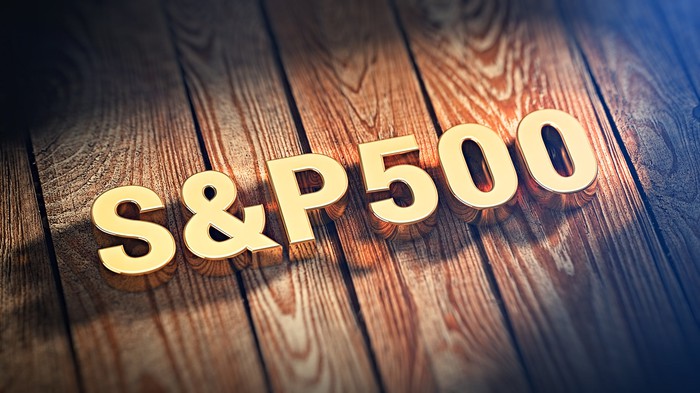You might think S&P 500 is a representation of the US economy…
So if you are plowing money into an index fund is a good job in diversifying your assets. However you’d be wrong. These days, it's basically the S&P 5.
The five largest companies in the S&P 500 -- all tech companies -- account for nearly 20% of the market value of the entire index. Apple (AAPL), Microsoft (MSFT), Amazon (AMZN), Google owner Alphabet (GOOGL) and Facebook (FB) are collectively worth $4.85 trillion. The S&P 500 (SPY) has a market value of around $26.7 trillion.
This could be a big problem for investors who are planning for retirement or other long-term goals who don't understand the risks of having all their proverbial eggs in one basket.
Apple and Microsoft each make up about 4.5% of the S&P 500's market value. That's higher than the weightings for the energy, utilities, real estate and basic materials sectors.
Investors who still want texposure to the broader market can look for other funds and ETFs that own the S&P 500 companies -- with a twist.
Money management giant Invesco, for example, has a S&P 500 Equal Weight ETF (RSP). As the name implies, the fund takes all the stocks in the index and weights them equally.
And there's another ETF that turns the index on its head. Exponential ETFs manages the Reverse Cap Weighted U.S. Large Cap ETF (RVRS), which puts the highest weightings on the smallest companies.
Unfortunately, both funds have lagged the performance of the S&P 500 Index over the past few years. While weighting stocks equally in a portfolio might make some inherent sense, it's hard to outperform the broader market when one sector is outpacing all the others.
The strategy of putting more money into smaller S&P 500 companies seems fundamentally flawed. The Reverse Cap ETF currently has top weightings in struggling retailers L Brands (LB), Gap (GPS), Nordstrom (JWN) and Macy's (M). The reason they have smaller market values? Their stocks have all plunged over the past year.

